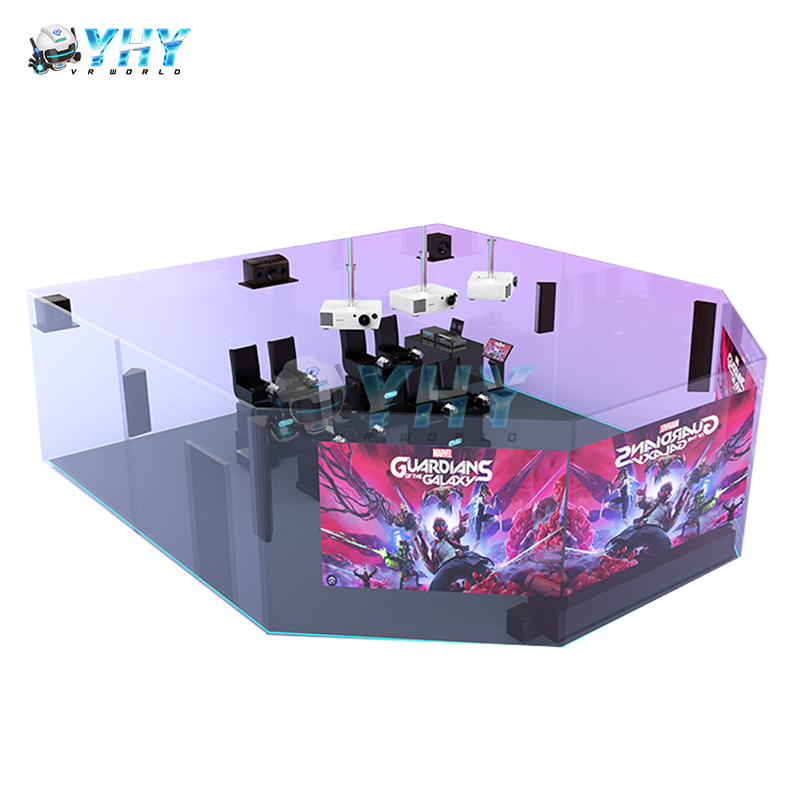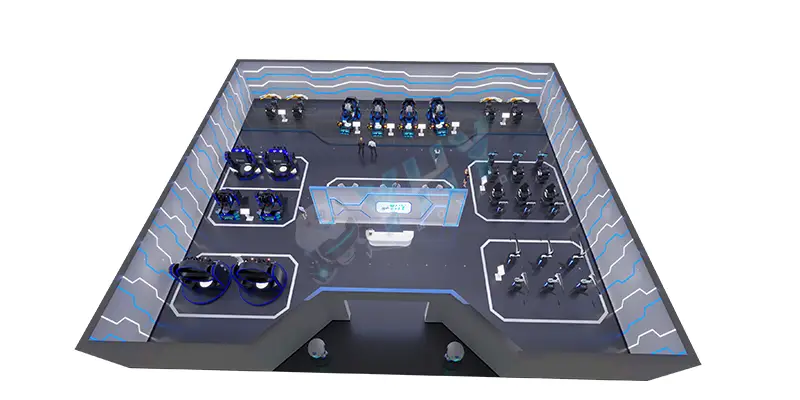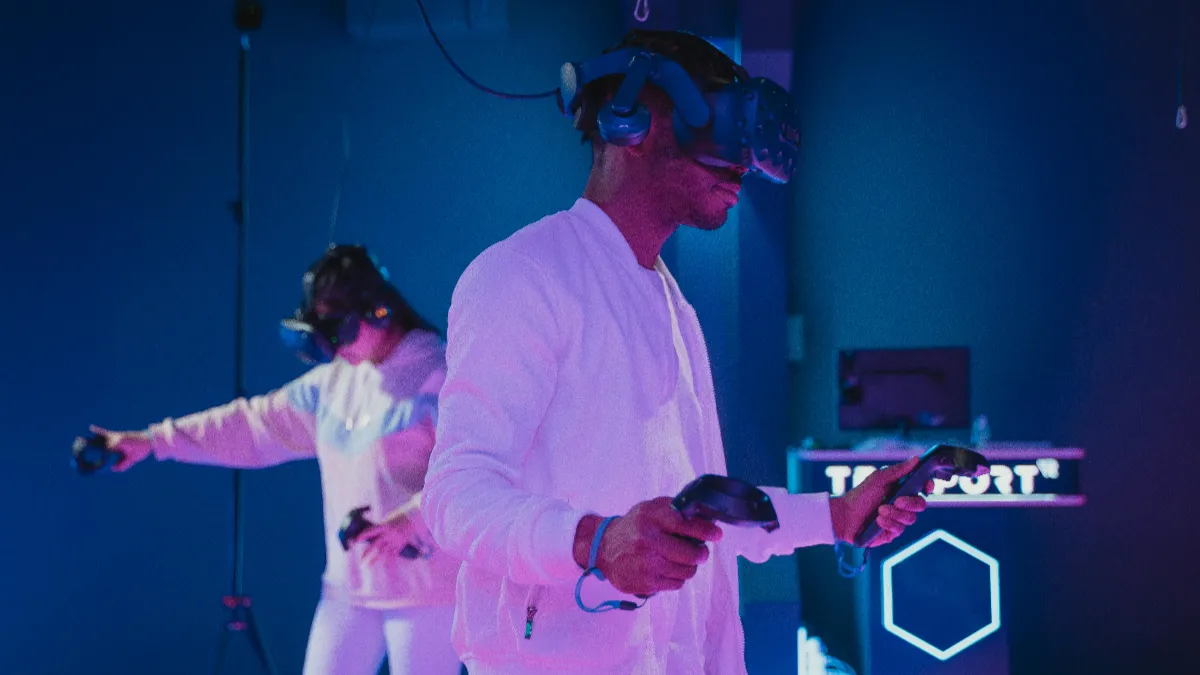Virtual Reality (VR) technology has evolved into a foundational pillar for digital interaction across multiple industries. From immersive training environments to sophisticated medical simulations, VR is redefining how users engage with content, data, and digital environments. This guide provides a comprehensive overview of definition of VR technology, its components, applications, benefits, and limitations — along with forward-looking insights into future developments.
What Is VR Technology?
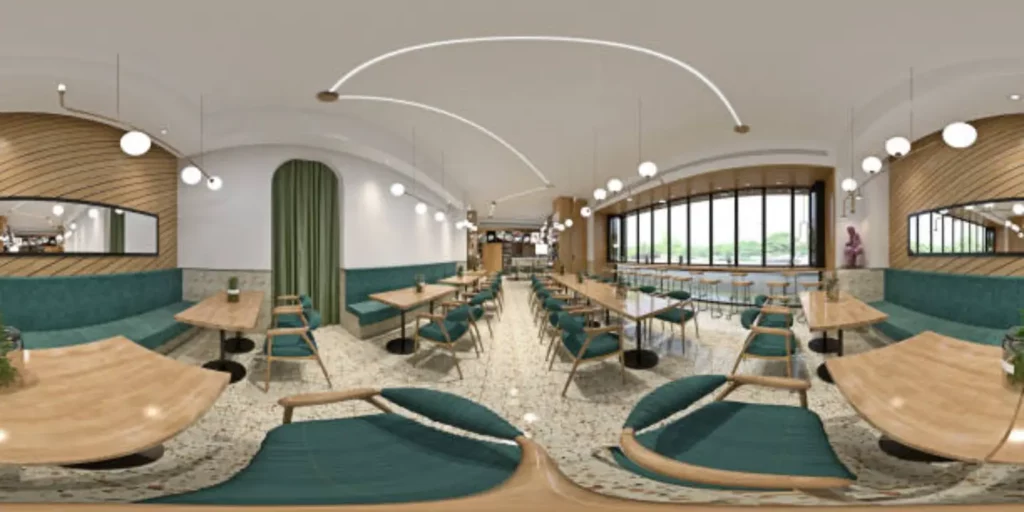
VR refers to a computer-generated, interactive environment that simulates a user’s physical presence in a digital space. Unlike traditional two-dimensional interfaces, VR environments respond to a user’s movements and actions, enabling real-time interaction in three-dimensional virtual settings.
From a technical standpoint, VR technology relies on head-mounted displays (HMDs), motion tracking systems, and rendering engines that collectively create a seamless and responsive simulation. It is important to distinguish VR from augmented reality (AR) and mixed reality (MR); while AR overlays virtual elements onto the real world, VR is a fully enclosed experience designed to substitute the user’s physical surroundings.
The meaning of VR technology extends beyond entertainment. It serves critical functions in sectors like defense, education, healthcare, and industrial design. Each of these sectors leverages VR’s ability to replicate environments and processes in a risk-free, scalable, and data-driven way.
Key Components of VR and How Do They Work
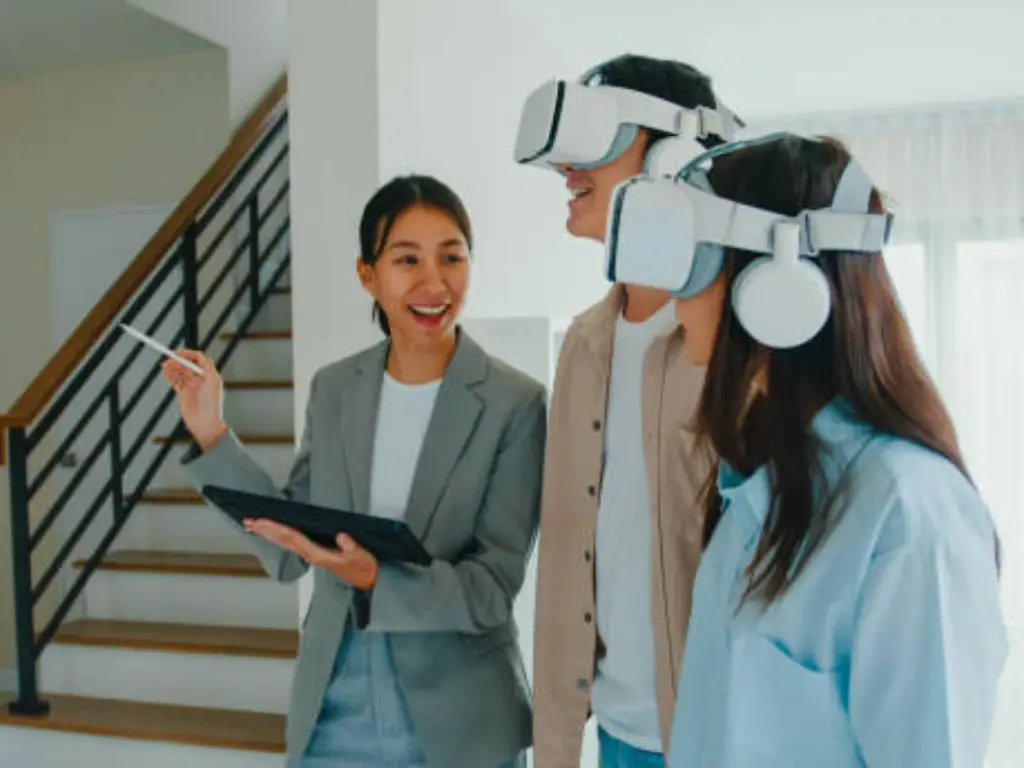
To truly understand “how does VR technology work”, it’s crucial to explore the key components that drive its immersive experience. These elements, when integrated together, create a seamless virtual environment that responds in real-time to user input. Let’s break down the essential parts of VR systems and examine their specific roles:
1. Head-Mounted Display (HMD)
The HMD is the primary interface between the user and the virtual world. It contains dual lenses that display stereoscopic images, creating the illusion of depth and a 360-degree view. High-resolution displays in modern VR systems are typically OLED or LCD, offering low latency and high refresh rates (90Hz or higher) to ensure smooth visuals. Inside the HMD, sensors track the user’s head position, allowing the VR system to adjust the display in real-time as the user moves their head, creating a truly immersive experience.
2. Motion Tracking Systems
Motion tracking is a fundamental aspect of VR, enabling the system to detect and interpret the user’s movements. These systems track the user’s head, hands, and sometimes full-body movements, then map them accurately in the virtual environment.
- Head Tracking: Built-in sensors, such as accelerometers, gyroscopes, and magnetometers, are used to monitor the position and orientation of the user’s head. As the user turns their head, these sensors detect the change in orientation and update the virtual environment accordingly. This tracking is crucial for preventing motion sickness, as the system must continuously align the user’s perspective with their movements.
- Body Tracking: In more advanced systems, full-body tracking allows the VR system to monitor not only the head but also the user’s limbs. This is often achieved through external cameras or infrared sensors (like in the Kinect system) or through wearable sensors placed on the body. These sensors detect movement patterns and transfer the data to the system, which then adjusts the virtual character’s movements to match, creating a more accurate and interactive experience.
- Positional Tracking: Positional tracking goes a step further, enabling users to walk around in a virtual space. External sensors placed in the room or embedded within the headset itself capture the movement and position of the user, mapping this movement into the VR environment. This enables the user to physically walk around the virtual environment, with their movements reflected in real-time, enhancing the sense of immersion.
3. Input Devices (Controllers and Gloves)
Input devices, such as motion controllers or haptic gloves, allow users to interact with the virtual world. These devices are equipped with sensors to detect movement, and many also feature haptic feedback technology that provides tactile sensations in response to virtual interactions. For example, users can “feel” objects or experience forces as they interact with the virtual environment.
Controllers are typically tracked by the VR system in the same way as the head and body, ensuring that the virtual representation of the user’s hands moves exactly in sync with their real-world actions.
4. Rendering Engine and Software
The software layer is where the VR magic happens. The rendering engine generates the visual and auditory elements of the VR environment. Powerful engines such as Unreal Engine or Unity are designed to process the complex real-time calculations required to render environments with high frame rates, even with detailed textures and lighting effects. These engines must integrate sensor data, ensuring that the changes in head orientation and movement are instantly reflected in the environment to maintain immersion and prevent discomfort.
In essence, each of these components plays a critical role in ensuring that the user’s physical actions are mirrored accurately in the virtual environment. The integration of these systems creates a compelling, immersive experience where users feel as though they are truly part of a different world.
The VR Workflow: A Rapid Cycle of Sensory Input
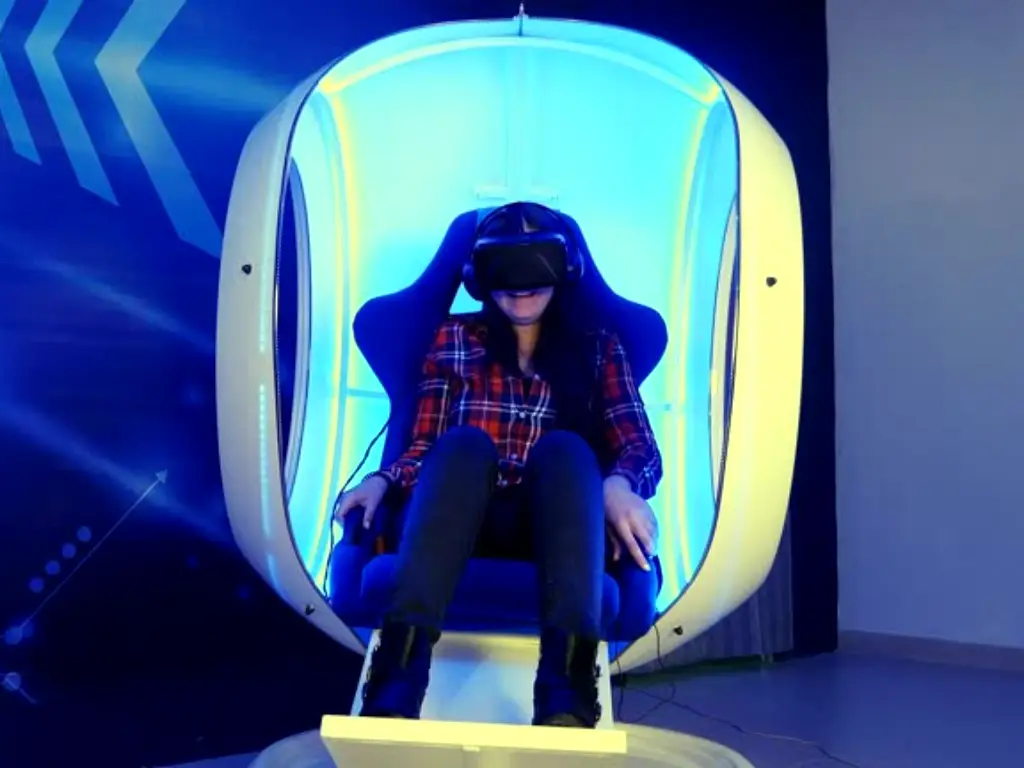
The functionality of VR relies on a continuous, high-speed loop between human sensory input and machine output. This process is central to the VR technology meaning and core to understanding how VR technology works in practice.
Sensory Feedback Loop
- User Action: A user moves their head, reaches out, or navigates through space.
- Sensor Detection: The motion tracking system immediately captures this input.
- System Response: The software adjusts the visuals, audio, and haptics based on that movement.
- User Perception: The adjusted output is rendered, creating a feedback loop that mimics real-world causality.
Technical Considerations
For this loop to function seamlessly, latency must be kept below 20 milliseconds. Delays beyond this threshold can cause vr motion sickness or disrupt immersion. High frame rates (minimum 90 FPS) and accurate positional tracking are necessary to maintain presence — the psychological state of “being there.”
Audio and Haptics Integration
Spatialized audio (3D sound positioning) is vital in VR, helping users locate virtual objects or respond to events. Haptic feedback devices further reinforce the experience by adding tactile response, making the environment feel more convincing.
In professional applications — such as in simulation-based training or virtual prototyping — the precision of this workflow directly impacts the effectiveness of the experience. Any desynchronization can reduce trust in the system or training outcome. As a result, the VR workflow must be tightly engineered to ensure consistency, responsiveness, and reliability.
Key Applications of VR Technology: Transforming Industries from Gaming to Healthcare
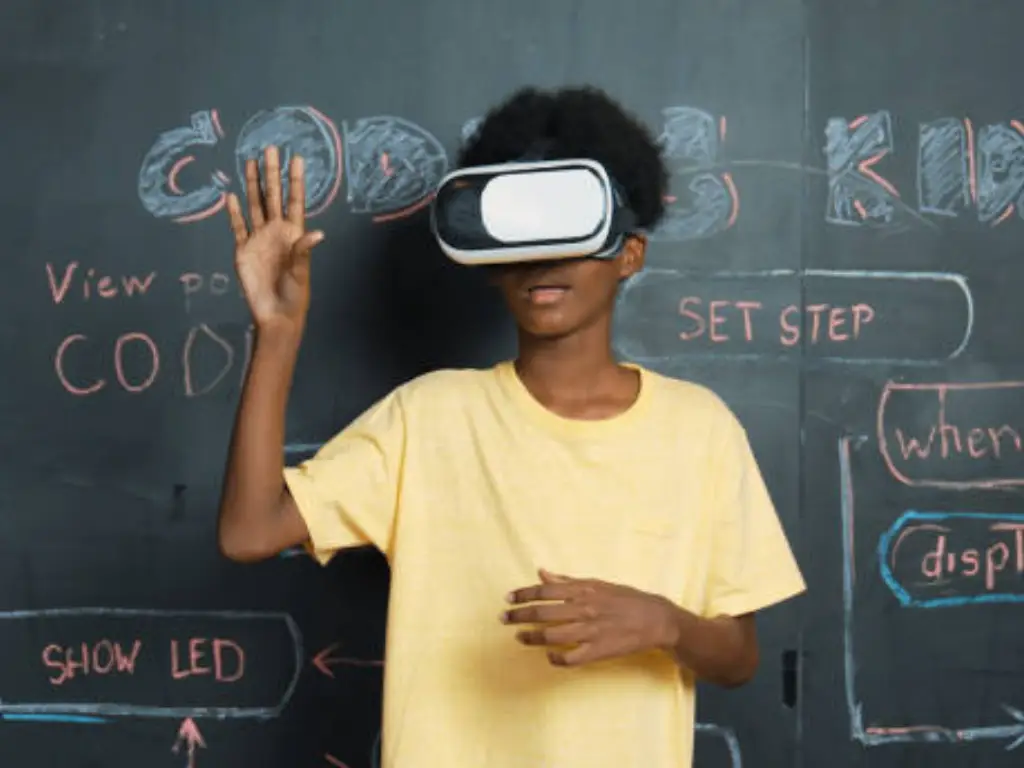
The adoption of VR extends far beyond entertainment. Across sectors, VR technology is being deployed to enhance productivity, improve outcomes, and reduce costs.
1. Training and Simulation
Industries such as aerospace, manufacturing, defense, and emergency response utilize VR-based training systems to simulate real-world scenarios. These systems allow personnel to practice skills in a risk-free setting, minimizing physical hazards and enabling repeatability.
2. Healthcare
VR in healthcare supports:
- Surgical planning and rehearsal using 3D anatomical models.
- Patient rehabilitation through guided virtual exercises.
- Psychological therapy via exposure therapy or stress management simulations.
These applications provide measurable benefits in treatment efficiency and patient engagement.
3. Architecture, Engineering, and Construction (AEC)
Architects and engineers use VR to visualize building designs before physical construction begins. It enables stakeholders to review space usage, ergonomics, and safety features within a 1:1 scale model. This reduces rework and enhances collaborative decision-making.
4. Education
VR enhances learning outcomes by offering experiential, interactive lessons in science, history, engineering, and beyond. It supports both K-12 and vocational training by making abstract concepts tangible.
5. Entertainment and Gaming
Still a dominant force, gaming has driven much of VR’s hardware evolution. However, immersive storytelling, virtual concerts, and social VR platforms are expanding its entertainment footprint.
Benefits of VR Technology: Enhancing User Experiences and Creating New Opportunities
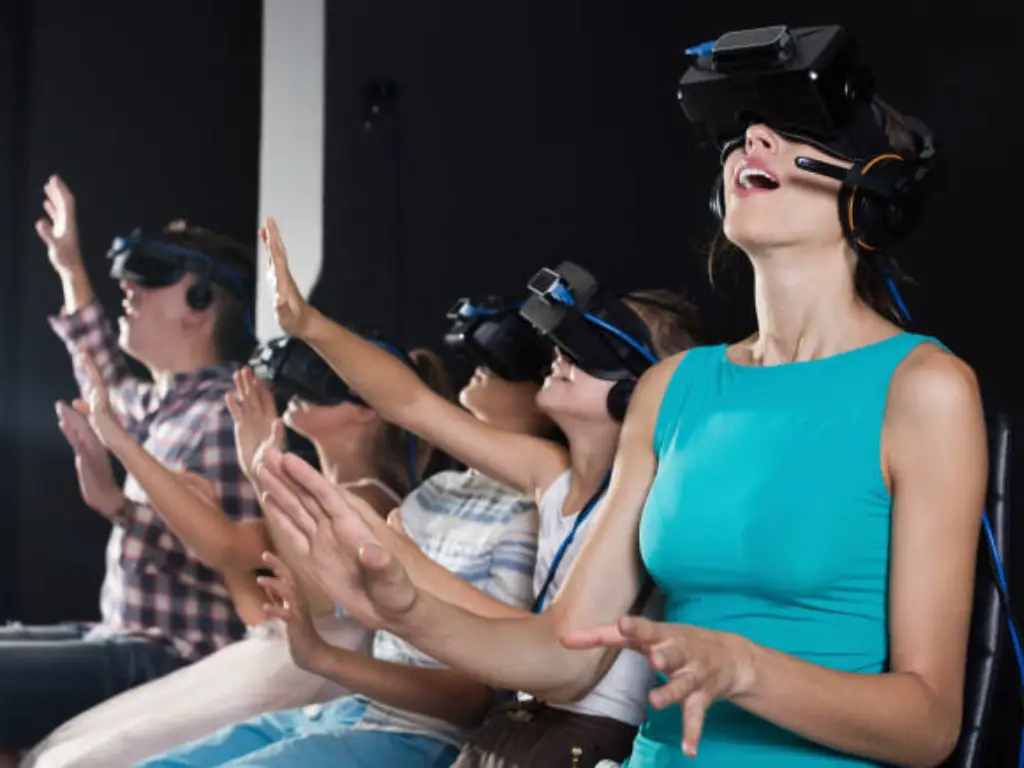
VR technology offers a wide array of benefits that significantly enhance user experiences and create new opportunities across various sectors. Here are some key advantages:
1. Immersive Learning and Engagement
One of the most prominent benefits of VR is its ability to provide an immersive learning environment. By simulating real-world scenarios, VR allows users to engage deeply with content, leading to better retention and understanding. For example, medical students can practice surgical procedures in a safe, controlled virtual space, enhancing their skill sets before entering real operating rooms.
2. Improved Training and Skill Development
In industries such as aviation, manufacturing, and healthcare, VR facilitates high-quality training experiences without the risks associated with real-life training. Trainees can repeatedly practice complex tasks in a low-stakes environment, building confidence and competence.
3. Enhanced Collaboration
VR technology fosters collaboration by connecting remote teams in virtual spaces. This allows individuals to interact and engage in shared tasks as if they were physically present together, improving communication and team dynamics.
4. Cost and Resource Efficiency
By reducing the need for physical prototypes and training environments, VR can lower costs in various sectors. Organizations can visualize designs or conduct training simulations without incurring the expenses of materials and facilities.
Challenges and Limitations of VR Technology: What You Need to Know
Despite its advantages, VR faces several challenges that impact adoption and performance:
- Hardware costs: High-end VR systems remain expensive, especially for enterprise-scale deployment.
- Content creation complexity: Developing high-fidelity VR content requires significant time, expertise, and resources.
- User discomfort: VR motion sickness and eye strain remain issues for some users, particularly during prolonged sessions.
- Technical barriers: VR demands powerful computing hardware, high-resolution displays, and low-latency networking, which may not be accessible for all users.
- Standardization gaps: Fragmented hardware platforms and software ecosystems hinder interoperability.
Organizations considering VR adoption should evaluate these constraints against their intended use case and user demographics. Enterprise solutions often require custom integrations, support services, and compliance with industry-specific standards.
The Future of VR Technology: Trends and Innovations Shaping Tomorrow
The future of VR is driven by advancements in both hardware and software:
- Standalone headsets: Devices like Meta Quest have demonstrated the viability of untethered, self-contained systems, which are becoming more powerful and accessible.
- Mixed Reality (MR) : The convergence of AR and VR will lead to hybrid devices capable of contextualized environmental interactions.
- Cloud rendering: Offloading graphical processing to the cloud enables high-end VR experiences on low-cost hardware.
- Haptics and olfactory feedback: The development of tactile and scent-based inputs will deepen immersion.
- AI integration: Intelligent agents, procedural environments, and adaptive interfaces will personalize VR experiences in real-time.
For industrial sectors, this evolution means VR will become more embedded into workflows, not as a novelty but as a necessity. The expansion of types of VR technology will also diversify its application scope, tailoring solutions to niche needs while improving accessibility and ROI.
As the field matures, what is VR technology will no longer be a question limited to technologists. It’s a core digital capability with strategic implications across industries. Organizations that invest early in robust VR infrastructures and content strategies are likely to lead the next phase of digital transformation.

